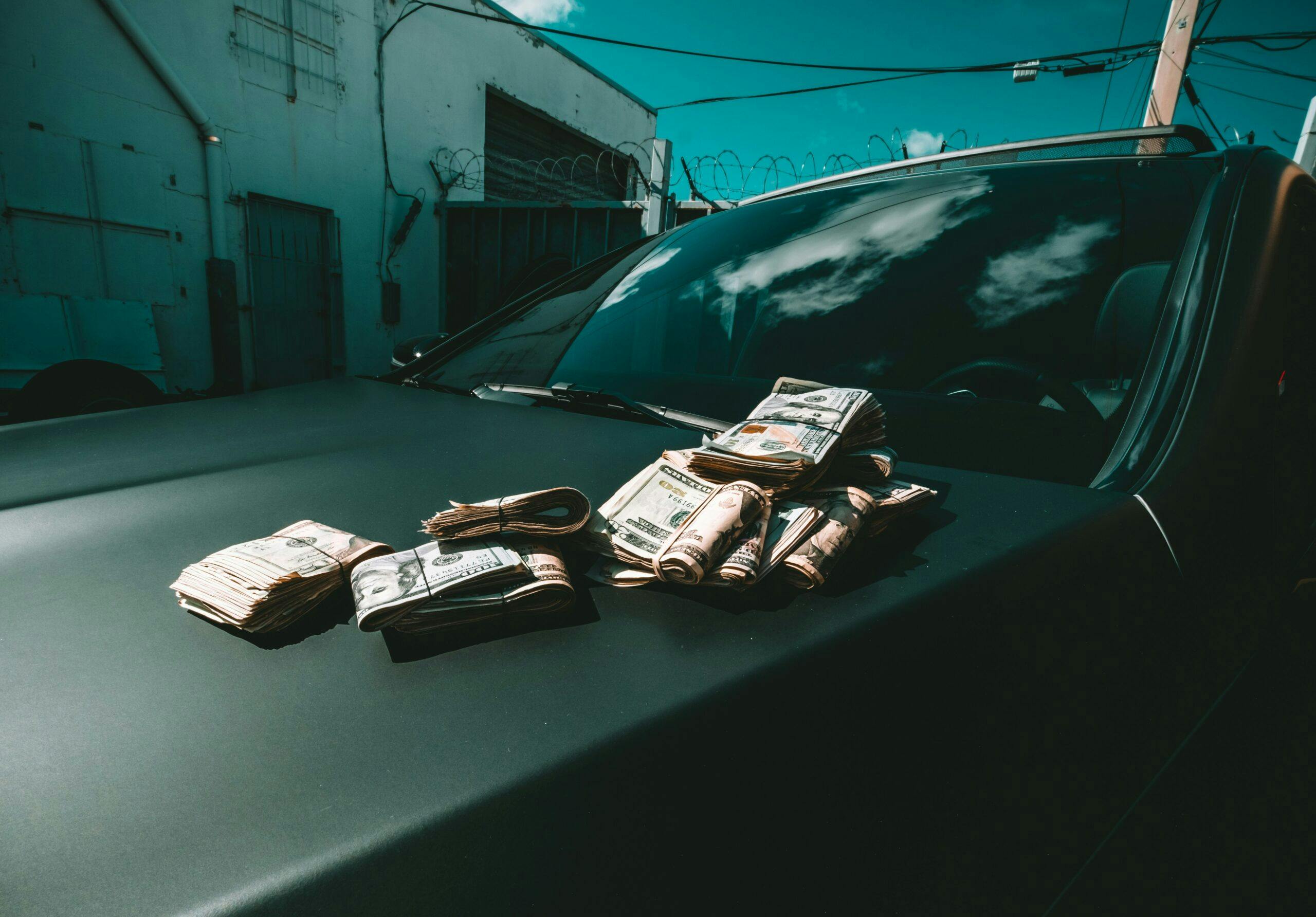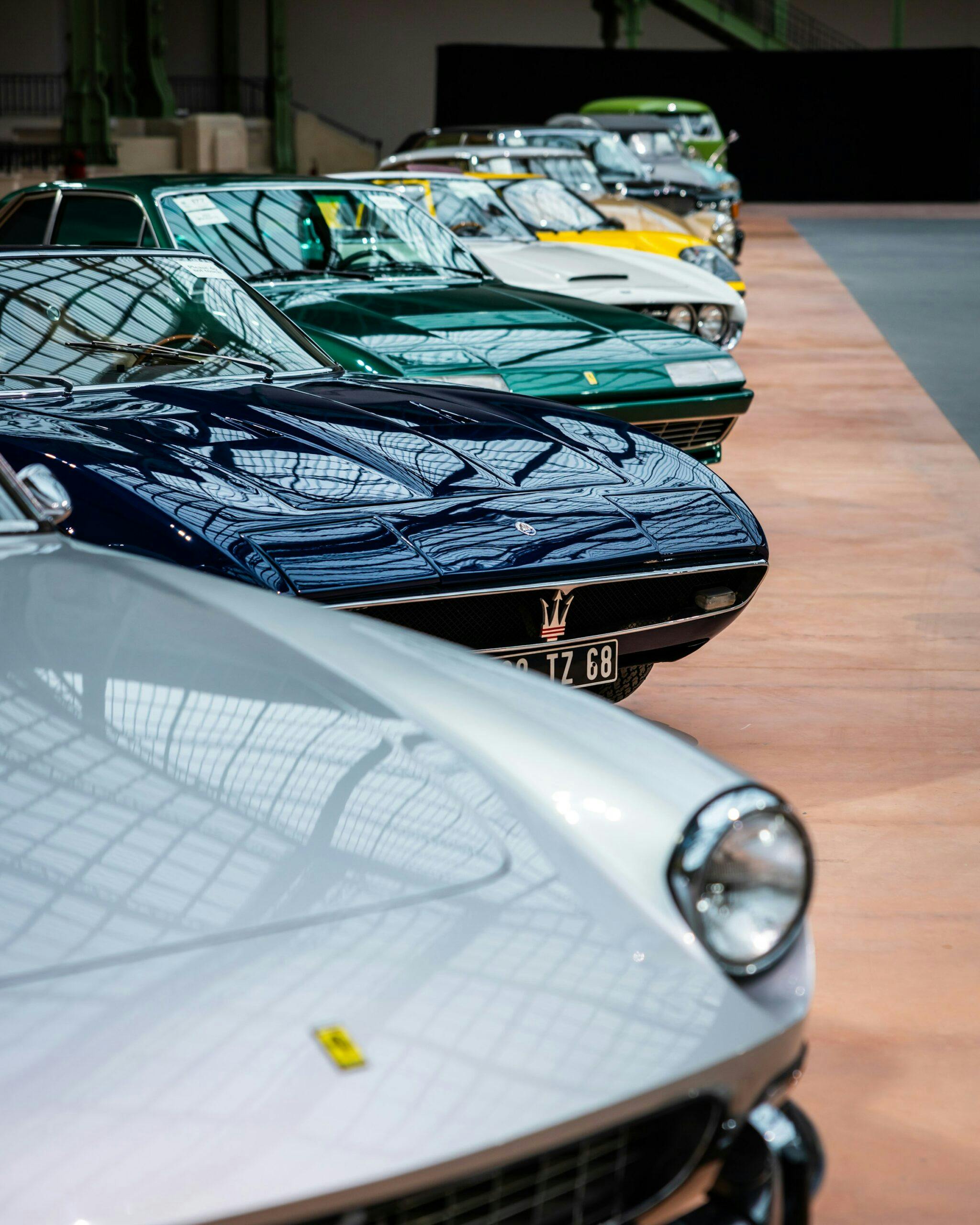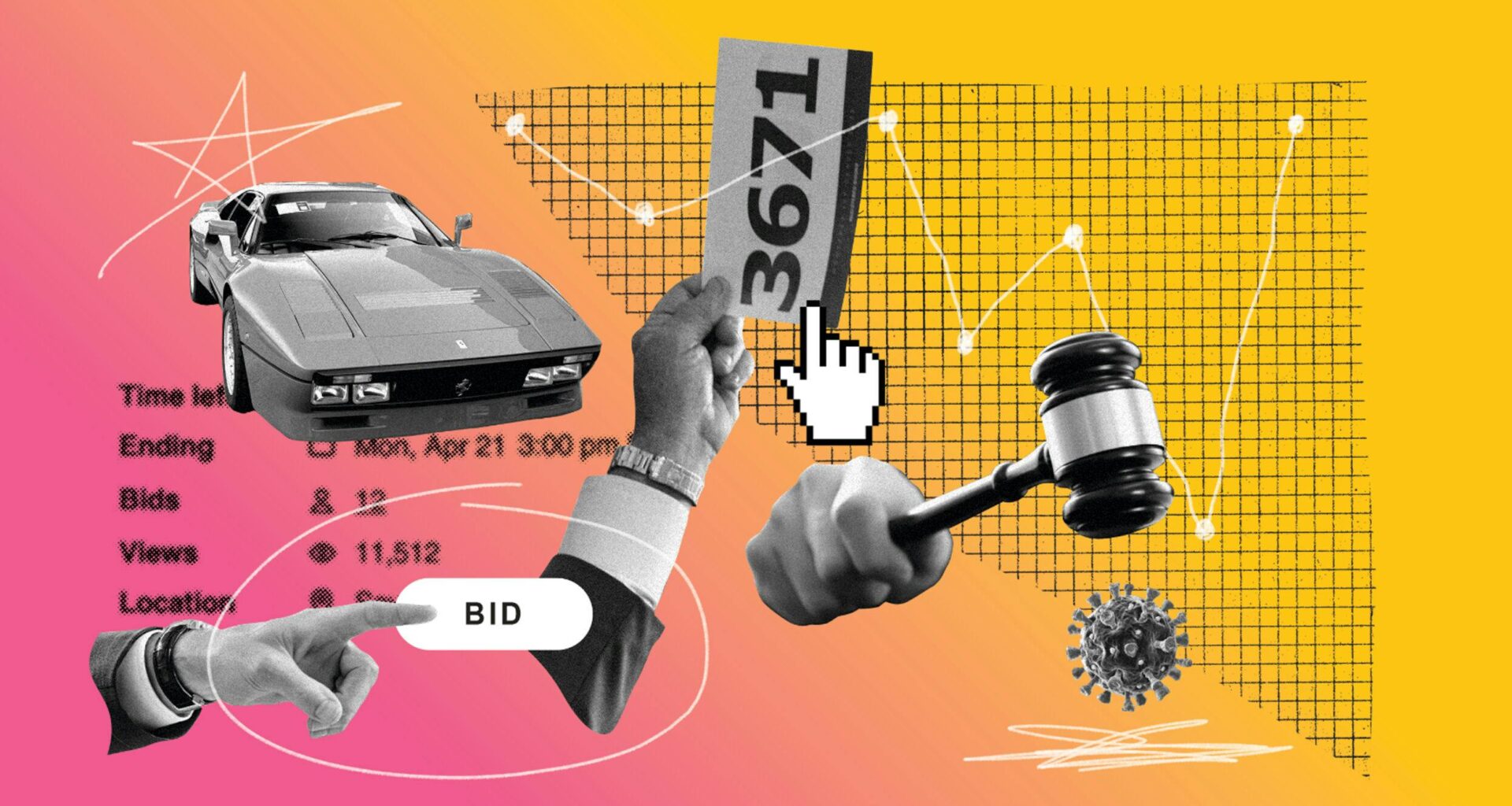At first glance, the first half of 2025 has seen something of a return to “pre-pandemic normal.” In the first months of the year, the Hagerty Market Rating (our 0–100 score that measures the status of the market, updated monthly) dipped to 2019 and early 2020 levels. Terms like “quieter,” “softer,” “more rational,” and “more cautious” are common in recent months. We heard these same terms describing the market in the late teens.
Back in January 2020 after the Arizona auctions, we concluded: “It’s clear we have a collector car market that’s cooled from the highs of the previous decade… Yet for most car collectors… Scottsdale was business as usual.” Sounds like something we might have written this year. That said, we can’t ignore all the stuff that happened between then and now—an unprecedented market run-up, monumental shifts in how people buy and sell cars, and new groups of vehicles making the transition from used car to high-dollar collectible. So looking back from the days before we strapped on our first face masks to today: What happened, what changed, and what didn’t?
After 2020 began normally enough, by March, a growing concern over a novel coronavirus became a national issue. Large events started getting canceled. The Amelia Island auctions proceeded, but had they been scheduled for even a week later, they probably wouldn’t have. Subsequent live auctions dropped off the calendar for the foreseeable future. Between February 12 and March 23, 2020, the Dow lost 37% of its value, and once lockdowns were in full effect, the U.S. shed over 20 million jobs.
 Unsplash/Brian Lundquist
Unsplash/Brian Lundquist
Everyone had a lot more to worry about than collector car prices that spring, but the Hagerty Market Rating dropped to its lowest level in eight years. There was as much uncertainty in this market as there was in all the other ones. Then, despite plenty of bad news to go around elsewhere, the car market began to adapt, recover, and—surprisingly at first—grow. There are several explanations as to why it grew: people’s sense of mortality and an “if not now, then maybe never” mindset; having cash to spend but little to spend it on; driving being one of the few socially distanced out-of-the-house activities; speculators entering the market, etc.
Regardless, grow it did. Then it peaked and continued to soften into today. From January 2020 to June 2022 (the rating’s all-time high and the peak of what we’ve started calling the “pandemic boom”), the Hagerty Market Rating increased 21 times and decreased only eight. But from June 2022 to June 2025, it increased just six times and decreased 28 times. Repeat sales data tell a similar story. The collector vehicles bought at auction in 2018 and then sold again during 2019 had an average return of 6.6%. Vehicles bought in 2020 and sold again during 2021 had a much higher 18.7% return. But things looks much different for vehicles bought in 2021 and offered for sale in 2024-25, as 20% of them failed to meet reserve, and the ones that did sell achieved a median price 9% below their 2021 result. On the private market, in summer 2022, more than half of vehicles sold by Hagerty members sold for more than their insured values. In 2025, that number is 37%.
When the market was at its hottest, values were changing so quickly that we started updating the Hagerty Price Guide three times per year rather than four, and several modern collector cars seemed to surge further up in value not by the quarter or even by the month, but by the week. Indeed, most of the biggest winners of the pandemic boom were modern performance cars built after 1990. These included:
- Ferrari F355 (average price guide value up 131% from 2020-23)
- Ferrari F40 (up 100%)
- R32-generation Nissan Skyline GT-R (up 113%)
- Honda S2000 (2004–09 model, up 90%)
The world record auction price for a Porsche Carrera GT (up 92%) broke six times in 2021-22, and one of these records lasted only four weeks.
Since 2023, all of these cars dropped in value but settled at higher-than-2020 numbers. In our price guide, we value each vehicle on a scale based on condition, including #1 (concours), #2 (excellent), #3 (good), and #4 (fair). Not only did values change sharply overall during the pandemic, but the discrepancy between conditions also changed. In January 2020, the average difference between #3 and #2 values was 23.3%. In January 2025, the gap had grown to 31.3%, suggesting a shift in buyer preferences to perfect cars with no needs—and the willingness to pay up for them. Given the rise in the cost of parts and specialized labor as well as the complexity of some newer collector cars, this isn’t a trend that seems likely to reverse.
Even though the pandemic is behind us and the boom is well and truly over, they still left a legacy in how we buy and sell cars. For one, the genie is out of the bottle when it comes to online auctions. The ecosystem there has shifted a bit since the peak of 2022 and not all the platforms that sprang up in that period are still around, but buying a car online, sight unseen, even from overseas, is fully mainstream in a way it simply wasn’t five years ago. In 2019, an average of 687 cars per month were sold in a North American online auction like Bring a Trailer. In 2020, that number nearly doubled. In 2021, it doubled again, and it continued increasing in 2022 (3411 cars per month), 2023 (3708 per month), and 2024 (4091 per month).
 Unsplash/Quentin Martinez
Unsplash/Quentin Martinez
Live auctions, meanwhile, completely disappeared for a few months in 2020. Out of necessity, live auction companies built or beefed up existing online bidding infrastructures. Then, as restrictions started lifting, there were a few months of odd socially distanced, limited-attendance, masked-up and/or hybrid live/online auctions. This writer still remembers the smell of uncatted fuel and popcorn, even through a mask, at his first in-person Mecum auction after many months at home. However, things soon more or less got back to normal. In 2019, there were 50 live collector car auctions in North America. By 2022, there were 48, and in 2023, there were 55. As in the online auction industry, though, several live auction companies didn’t make it through this period.
Our hobby and the industries surrounding it do look different than they did in early 2020. How could they not? But the collector car world is still vibrant, enthusiastic, and full of great people, and this is true regardless of what the numbers say.
This story first appeared in the July/August 2025 issue of Hagerty Drivers Club magazine. Join the club to receive our award-winning magazine and enjoy insider access to automotive events, discounts, roadside assistance, and more.
